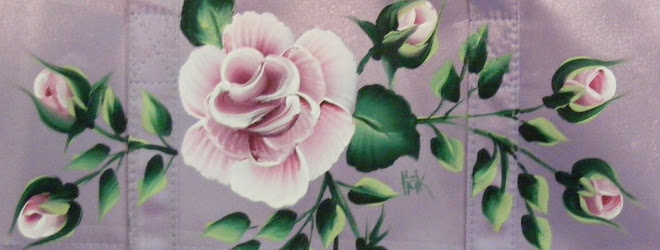- Solid wire refers to gold, silver, copper, and brass wire.
- Craft wire can be copper, brass, aluminum, and colored copper wire.
- Flexible beading wire, such as Tiger Tail, Beadalon, Soft Flex and others are most often used for bead stringing.
CRAFT WIRE: is a type of solid wire which is used for wire-wrapping, jump rings, and coiled wire beads. It's usually made from a base of copper or aluminum with a colored coating. The coatings can be silvertone, goldtone, or a variety of other colors. The coating on most of those wires is a bit more delicate than the plating on gold-plate or silver-plate wire. Hammering and handling with pliers must be done carefully so that the coating isn't damaged. The thickness of craft wire is measured by gauge, the same as solid wire.
Typically craft wire does not come in different tempers. It's usually somewhere between dead-soft and half-hard, but closer to dead-soft. Of course, the larger the gauge (the smaller the number), the more difficult it becomes to work with the wire because of its thickness. Craft wire will work harden with bending and hammering. Be cautious, because too much bending will harden the wire to the point that it becomes brittle and it will break.
A week ago I would have said that craft wire only comes in a round shape, but in this month's beading magazines I've been seeing advertisements for wire that comes in other shapes. It's a bit hard to research all the wires available because some manufacturers only sell large-quantity wholesale and require registration to access their websites (which I didn't bother with because I can't buy those big quantities). Here is some manufacturer-based information that I was able to find. I'm sure that there are other manufacturers of colored craft wire. These are the ones that I'm most familiar with:
- Beadalon is known for the manufacture of Artistic wire, which is round, copper wire, colored with an enamel coating. It is dead-soft and comes in 55 colors and 13 different gauges. http://www.beadalon.com/artisticwire.asp
- Beadalon has a "German-style" silvertone wire, made from copper and brass with an anti-tarnish coating. This wire comes in four gages, "medium" temper (half-hard), and five shapes. They categorize this wire for wire-wrapping. http://www.beadalon.com/germanstyleplatedwire.asp
- Beadalon makes a stainless-steel wire for wire-wrapping that is about half-way between half-hard and full-hard. It comes in round, half-round, and square. It's available in 20 through 26 gauge sizes, depending upon the shape. It is already more difficult to bend than half-hard wire and will work-harden more quickly than other wires. http://www.beadalon.com/stainlesssteelwire.asp
- BeadSmith manufactures round craft wire. I found one website that sells 22 gauge in silvertone, goldtone, and copper, as well as 18 gauge in a variety of colors. Because their website requires registration, I did not find out exactly what they have available.
- BeadSmith is now advertising "pro quality...non-tarnish copper craft wire." It comes in 18 and 21 gauge and comes in half-round and square shapes. The four available colors are Silver-plated, Gold Color, Pure Copper, and Vintage Bronze Color.
- Darice is another manufacturer that makes colored wire, in a variety of colors and gauges, but only comes in a round shape. http://www.darice.com/ecom/Products.aspx?ct=CRAFT%20BASICS-CRAFT%20WIRE%20AND%20WIRE%20SHAPES-2013&oid=99
- Parawire manufactures round, permanently-colored copper wire, with a non-tarnish coating. They have a large selection of colors (I counted 36), which come in various gauges. It appears that some colors come in 12 gauge through 32 gauge, while others come in limited gauges. http://www.parawire.com/craftstore.html
- Soft Flex Craft Wire is a new product. It's another permanently-colored copper wire, which comes in 18 through 28 gauge, round, and 23 colors. Not all colors come in all gauges. http://www.softflexcompany.com/CategoryProductList.jsp?cat=Soft+Flex+Craft+Wire
To see "Choosing Wire for Jewelry Part 1" click here.
© Copyright 2011 Linda's Art Barn. All rights reserved.


















